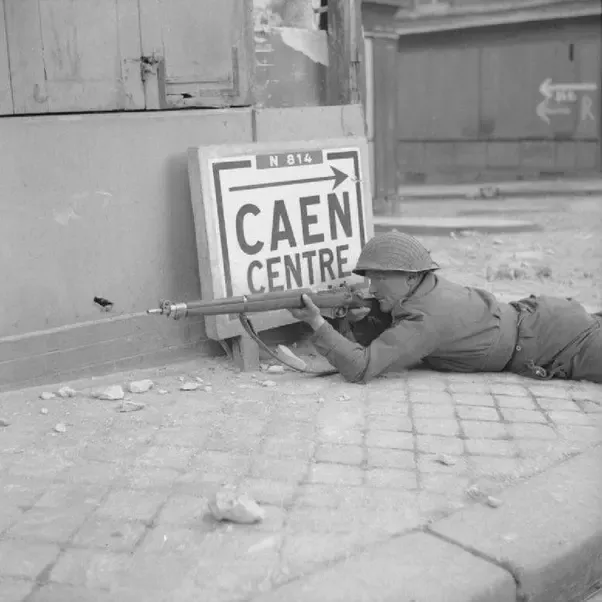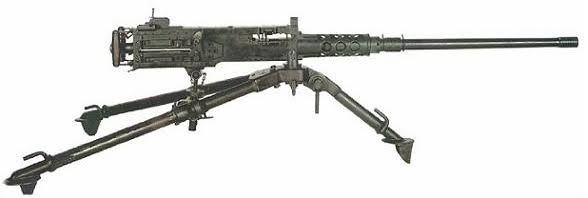Did the British Army still outfit their soldiers with Brodie helmets in WW2? If so why? U.S. and German helmet designs seem more effective overall.
No they didn’t.
The British Commonwealth servicemen’s helmet of WW2 resembled the Brodie but was different from it.
It was produced for a short period in the year 1915. Later on, it was replaced by the Mk.1, revised to make it easier to produce. This helmet was repatriated by the US and it became the M1917.
By WW2, the British Army had come to use the Mk.2 helmet, which resembled the looking of the Mk.1, but had a higher grade of steel that provided better protection for the wearer. Apart from it had an enhanced liner which was more comfortable increased the stability when worn and provided some blunt impact protection. It also featured a stretchable chin strap, which made it easy to don or doff it. It was also designed to take the solutions to the seemingly magical issue of soldiers necks snapping with blast from an explosion caught the brims of the helmets.
Some Commonwealth forces and second line personnel in the Britain still had Mk.1 helmets at the start of the war but these had been upgraded to Mk.1* patten by retrofitting the new liner.
In 1941, a new helmet description, Mk.3 or “turtleshell”, was accepted. This provided superior lateral protection as opposed to the Mk, 2, yet still did not obstruct hearing or the upward vision of the soldier. Because other equipment were given priority of production, the Mk.3 was only supplied in 1944, in action on D-day first. Among the first issues the shell had been made to Canadian troops, many British soldiers thought the “turtleshell” was a Canadian concept. This was not the case even though in 1943, the Canadians did conduct a comparative trial between the Mk.2, Mk.3 and the American M1 helmets. This made them scrap the idea of adopting the US M1 helmet as the standard issue.
Stalhelm did provide lateral protection far superior to the Brodie design, but it made the wearers hearing and vision impaired. Because making the helmet bulletproof was impossible in any case, the British were certain it was better to choose a model that would offer the best protection from pieces of shell and shrapnel dropping from above, and also would be more cheap to manufacture in large numbers.
Who was right is a debate that is quite common in most instances.
British troops in Normandy 1944. The soldier manning the captured Hotchkiss 1914 machine gun is in a Mk.2 helmet, the rest in Mk.3.
Canadian soldier, Normandy in 1944.
April 1944: flame thrower training in the UK. The mk.3 provided a 38% increase in protection from the older helmets with no obstruction of sight or hearing.
In 1945 a Mk.4 helmet was introduced. It only varied from the Mk.3 when it concerned where to attach the chinstrap; the Mk.4 was evidently a superior improvised bucket as compared to the Mk.3. A new liner was introduced after the Korean war and this combination was standard issue until the fibre Mk.6 helmet came into service in the mid ‘80s.



